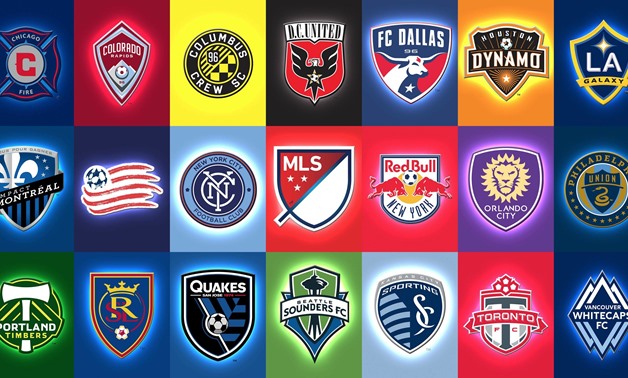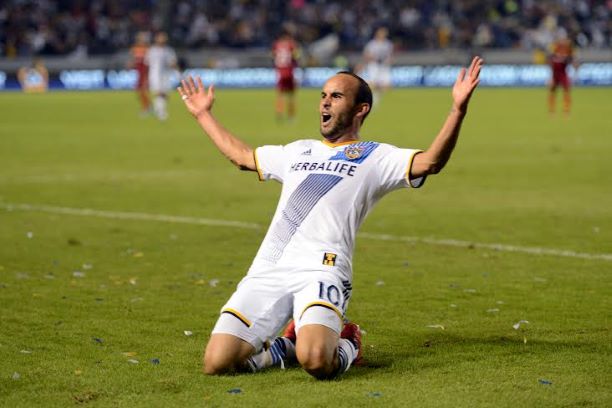Is India’s Premier League Soccer the future?
Is India’s Premier League Soccer the future?


By Richard Nash
2012 will see the inaugural Premier League Soccer competition take place in India. It follows in the footsteps of the hugely successful Indian Premier League cricket competition which began in 2008 and has now run for four seasons. In that time it has become the world’s leading club cricket competition and attracted the best players from around the world. The league has proved lucrative for both players and team owners by taking advantage of cricket’s biggest market.
The PLS will largely copy the IPL’s format. Six teams will be auctioned off as franchises to various companies and corporations keen to profit from its expected commercial success. The competition will be a standard league, including home and away ties, concluding in the top four teams going into a semi-final and final to determine the champion. All 33 games will be played over seven weeks. Each team will have an international coach and a limited number of foreign players. It is hoped that, aside from being profitable, the competition will help the development of Indian football.
However it is clear that Premier League Soccer will not have the same impact as the Indian Premier League for a number of reasons…
Firstly, the PLS will not have the financial appeal to attract the world’s best players when similar financial packages can be offered in other major leagues. Similarly, players are unlikely to get permission to play a two month competition in India when clubs are already at odds with International sides over an overly-congested calendar.
Secondly, football is not nearly as popular in India as cricket, which is less a sport and more a religion, and so the competition lacks the marketing potential in its host country. The IPL is almost totally reliant upon Indian broadcasting revenue and a football competition would not command the same investment. The competition would also have to compete against the English Premier League which is already regularly shown on Indian television.
Thirdly, football has been a global game for many years, with multi-national teams dominating the top European leagues. The concept of taking the best players from different countries would lack the novelty factor. Also, while cricket is a team game, it is a sport largely constructed of set plays with individuals and lacks the required interplay and teamwork of football. While it is possible to assemble a group of international cricketers into a cohesive team in a short period of time, such a task would be near impossible in football.
Finally, the foreign players would be far superior to the local players in each team. The IPL has a limit on four foreign players which aims to help the development of Indian cricket, but the ability of the local players does not detract from the quality. Indeed, the top Indian cricketers (including MS Dhoni and Sachin Tendulkar) are the teams’ most popular players and are a major reason for the league’s commercial success. This would not be the case in football, with India lacking any football heritage or star names.
Despite this, there are reasons to think that Premier League Soccer could form the template for smaller football nations in years to come. The league does not need to reach the revenue of the IPL to be considered a success, and with players such as Fabio Cannavaro, Hernan Crespo and Fernando Morientes it is sure to have some local appeal. On an international scale, the format of the competition should still create a small following based on curiosity if nothing else.
The standard of the players should also have a positive effect on Indian football. With no flagship league, a novelty competition will at the very least increase local interest in the sport and inspire more people to play football. Equally the Indian players involved can only benefit from playing alongside experienced internationals and under respected coaches (and John Barnes).
But mainly it is the format of the competition that could become popular. Rather than attempting to create a traditional league season over 8 or 9 months, a short-term competition appeals to both the participants and the fans. Foreign players only have to commit to living and working in India for a short period of time, and so are more likely to sign up than if it had been a longer competition. Also, with overseas players likely to be in the twilight of their career, a reduced number of games would not ask too much of their fitness levels. A regular programme of two games a week for each team helps maintain interest and with the top four teams competing in an end-of-season play-off, the majority of games can be deemed important.
As football continues to look for new markets and further expand its global appeal, it is not unthinkable for similar competitions to spring up in other parts of Asia and Africa. Rather than attempting to compete with the European leagues it would be a way to grant a level of exposure to smaller footballing nations and players looking for a route into the big leagues. For a few weeks of a year at least, the footballing world’s attention may soon be on India, Thailand or Ghana as much as England, Spain and Italy.







